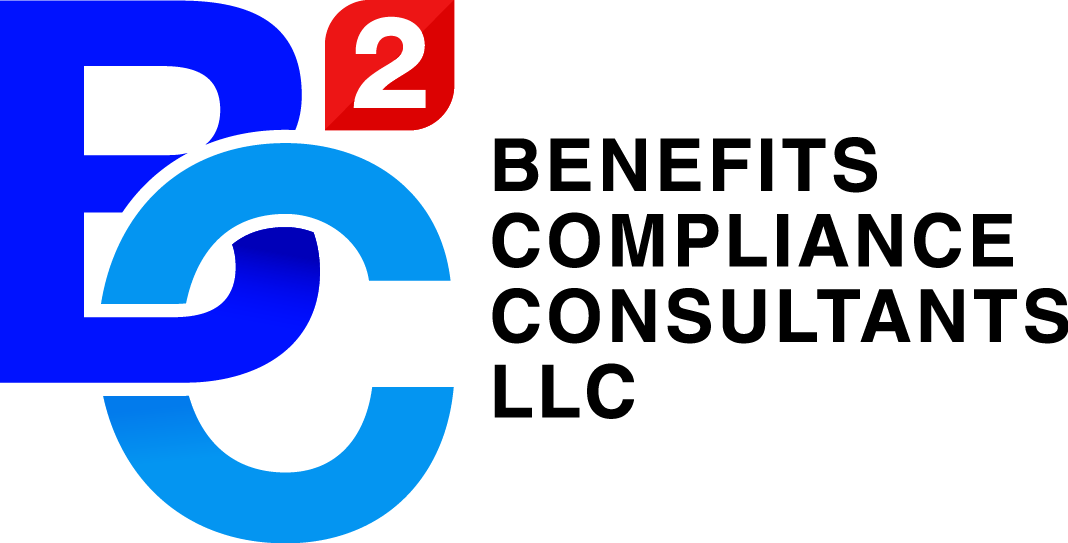Essential Guide to Understanding ERISA Wrap Documents
Many employers understand the significance of complying with ERISA (Employee Retirement Security Act) plan documents. These documents contain disclosure requirements for various retirement plans, including 401(k). But it’s startling to see some employers’ lack of attention to health and welfare benefit plans in their companies.
 Usually, employers running smaller organizations assume that benefit summaries offered by some insurance providers meet all ERISA regulations. However, the truth is that all employers in the U.S. are obligated under ERISA laws to fashion employees with all the information missing in insurer’s booklets.
Usually, employers running smaller organizations assume that benefit summaries offered by some insurance providers meet all ERISA regulations. However, the truth is that all employers in the U.S. are obligated under ERISA laws to fashion employees with all the information missing in insurer’s booklets.
What are ERISA Wrap Documents?
As an employer, you might wonder what an ERISA Wrap document is. Well, regardless of the size of your company, ERISA laws require all employees to provide Wrap or SPDs (Summary Plan descriptions) to employees participating in their plans. These documents contain all plan descriptions as well as employee benefits. For instance, they include Tax IDs, Addresses, the names of the beneficiaries, etc. They are the simplest way for employers to comply with ERISA regulations.
Wrap documents “wraps” around insurance policies or cover with the plan benefits regulated by the insurance company. Additionally, wrap documents are designed to supplement relevant information for ERISA compliance. Furthermore, employers may use Wrap documents to merge employee’s welfare plans into one mega-wrap plan. This way, extra costs are minimized during the filing of annual reports.
Why are Wrap Documents Important?
- Plan Consolidation – As earlier mentioned, wrap documents help in merging employee’s health and welfare benefits into one “umbrella” plan. They consolidate all plan benefits and provide an overarching summary of admins, plan type, benefits, and fiduciaries, among other vital details, in an easy-to-understand manner.
- Simpler ERISA Compliance – They reduce the employer’s workload and allow for easier compliance with ERISA, IRS, and DOL regulations. If you have been submitting Form 5500 per each benefit plan annually, then a Wrap document can remove the repetition processes.
- Compliance with Federal Laws – As an employer, you have the sole responsibility to provide clear information on procedures, employee benefits, and plan details. Additionally, you’ll be forced to protect employee’s plan assets no matter who provides your benefits to comply with federal regulations.
How to Adopt a Wrap Plan
When planning to adopt a Wrap plan, the process is quite simple. First, you must determine which benefit plans your organization sponsors that are subject to ERISA. You can also identify affiliate employer plans that require filling out the annual Form 5500.
Then, you’ll need to analyze insurance arrangements, coverage terms, and plan administration processes. In this step, consider things such as eligibility, plan year, commencement date, and claim procedures.
The next step is to prepare the Summary Plan Descriptions and the plan document. Finally, you can adopt a Wrap plan after all the documents in the step above have been reviewed thoroughly. Do not forget to distribute the SPDs to all eligible employees.
Use this comprehensive guide to learn more about ERISA compliance and wrap documents. Are you still stuck on adopting an effective wrap plan?
Get ERISA wrap document services for your business.


